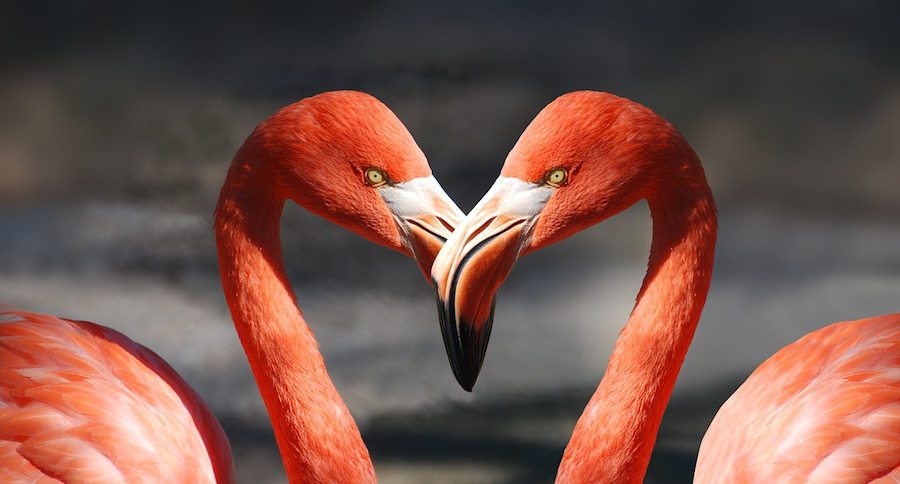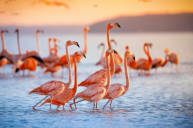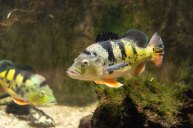When you think of all things Florida, chances are there's probably an image of a flamingo floating around amongst the palm trees, beaches, citrus fruits, and spring breakers.
There has been a marked increase in Florida flamingo sightings in the past few decades. However, whether or not flamingos are actually native to the U.S. (versus present via escape from captivity) has been the subject of much controversy in scientific circles. This controversy has made it difficult to establish a suitable plan for managing the state's flamingo population.
In an effort to shed some light on the origins of Florida's now growing flamingo population, a group of researchers hailing from Zoo Miami, Audubon Florida's Everglades Science Center, the National Park Service, Big Cypress National Preserve, and the Rookery Bay Estuarine Research Reserve reexamined the history of flamingos in the state. They concluded, based on evidence from narrative accounts and museum records, that American flamingos did in fact occur naturally in large flocks in Florida, but were wiped out by hunting around 1900.
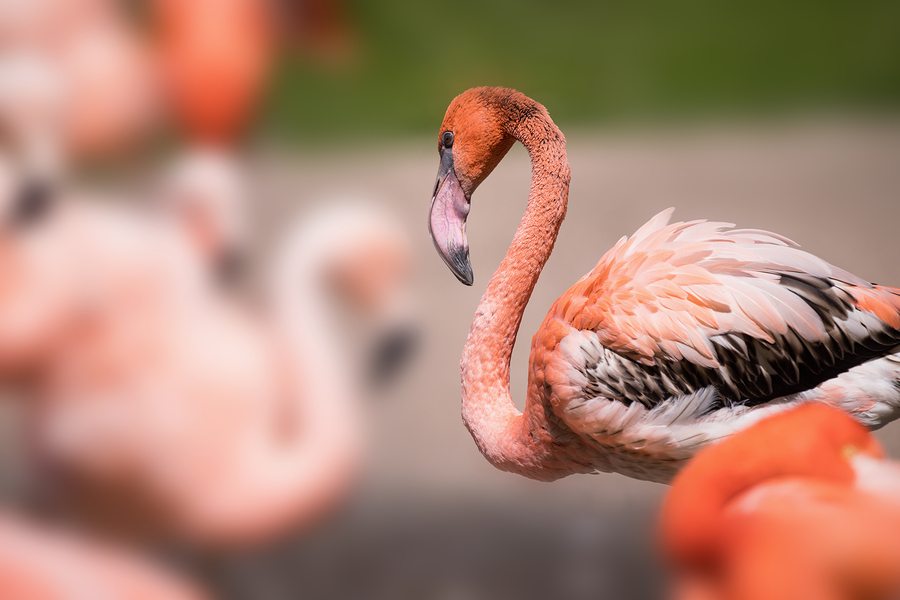
Since 1950, though, birdwatchers have reported nearly 500 sightings of the iconic pink birds in Florida. The frequency of such reports has increased over time, as have the flock sizes reported. It is possible that some of these birds could have escaped from captive flocks, but, according to researchers, there is plenty of evidence to suggest that many of them have come from wild populations in Mexico and the Caribbean.
The population history the researchers have compiled aligns with that of some of Florida's native species that are protected under state and federal endangered species laws. The researchers hope that their findings will contribute to a comprehensive plan for managing Florida's wild flamingo population.
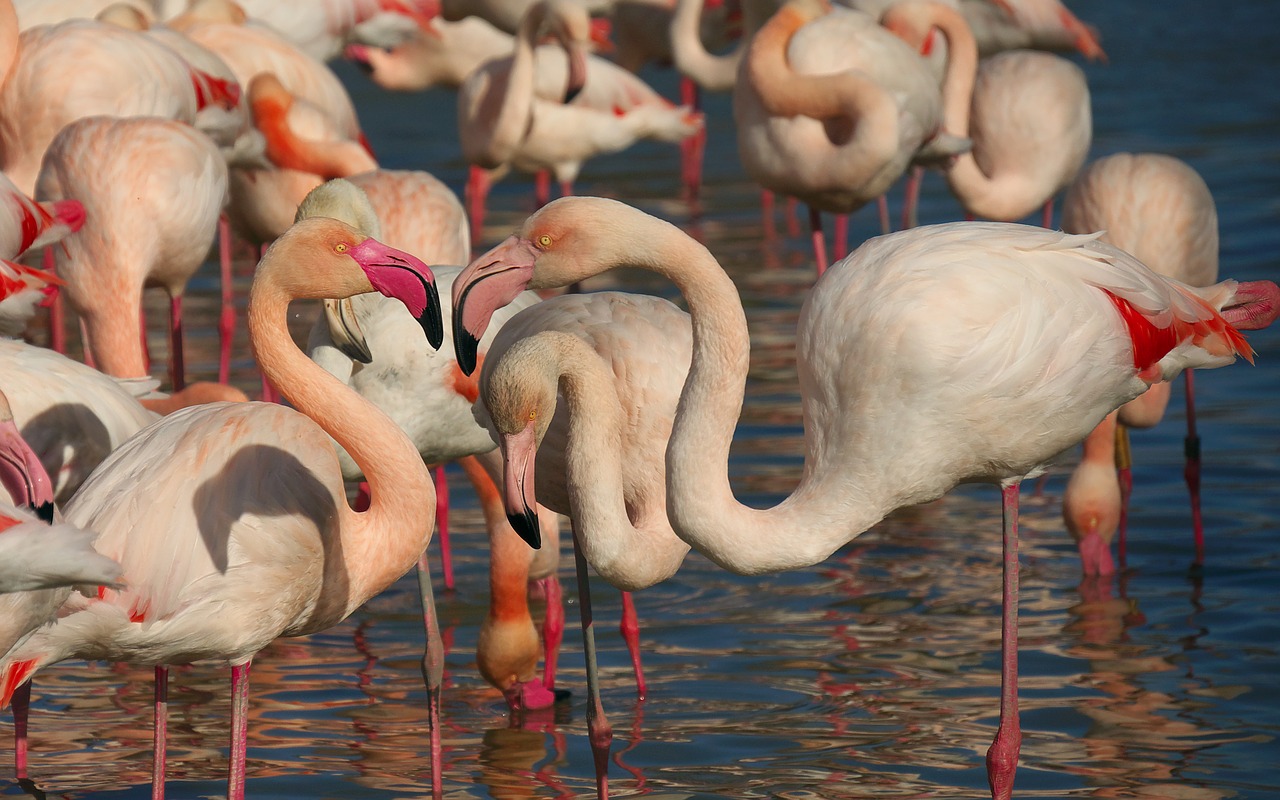
"Living in Florida, you see flamingos everywhere - in advertising, in place names, even on the logo for the state lottery - but as an actual organism, as a species, there was essentially no information available on the biology of flamingos...Some biologists considered them native birds that were extirpated during the plume trade of the late 1800s, and urged for population recovery measures, while others considered the rare flamingos seen around Florida to be escapees from captive colonies. We often say that in south Florida we have just two types of species, introduced and endangered, but a species can't be both at the same time," says Zoo Miami's Steven Whitfield.
American Museum of Natural History's Felicity Arengo, a flamingo conservation expert who was not involved in the study, praises the researchers' efforts.
"This article finally sheds welcome light on the status of these iconic birds in Florida. The authors meticulously researched historic records and compiled more recent sightings to reconstruct the history and population trends of flamingos in Florida...Flamingo numbers have increased notably since the 1950s due to protections to species and habitats in Florida and throughout the Caribbean. The authors are cautious and recognize the limitations of the data in their study, but they provide ample evidence that Florida was the northernmost extent of the American Flamingo prior to the early 1900s and that populations have been recovering."
The study was published in The Condor and you can check it out here.
What do you think about the return of Florida's avian icon? Let us know in the comments section!
WATCH NOW: Why You Should Get Guinea Fowl
